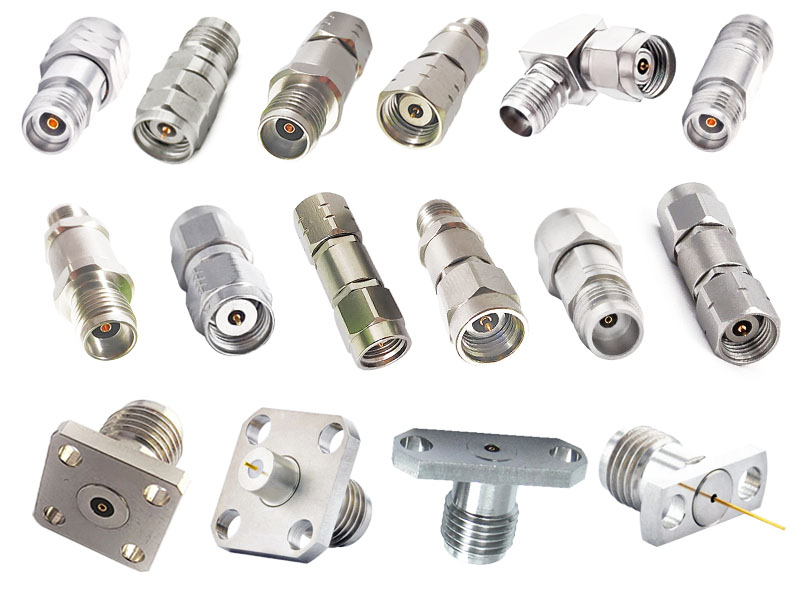-
We’re On Call 24/7 : +8613538296050
-
E-mail : anna@rohoconnector.com
We’re On Call 24/7 : +8613538296050
E-mail : anna@rohoconnector.com
RF coaxial connectors play a crucial role in ensuring efficient signal transmission in various industries. This article delves into the differences between three commonly used connectors: the 2.4mm, 2.92mm, and 3.5mm connectors. Understanding these distinctions is essential for selecting the right connector for specific RF coaxial applications.
The 2.4mm connector, also known as K connector, is widely chosen for its excellent electrical performance in high-frequency applications. It offers a high level of accuracy and repeatability, making it suitable for demanding RF systems. This connector features a rugged design, ensuring reliable connections and strong mating forces. Its smaller size and increased performance compared to other connectors have made it popular in microwave and millimeter-wave applications.
The 2.92mm connector, also referred to as K connector or V connector, is designed to provide even higher frequency performance. It offers exceptional signal integrity and low loss, making it suitable for applications that require precise and reliable RF connections. This connector's slightly larger size allows for improved performance at higher frequencies, making it an ideal choice for test and measurement equipment, aerospace, and defense applications.

The 3.5mm connector, commonly known as SMA connector, is renowned for its versatility and reliability. It is designed to operate effectively up to 34 GHz, making it suitable for a wide range of applications. This connector provides excellent electrical performance, low reflection, and high power handling capabilities. It is commonly used in telecommunications, military, and high-frequency test applications.
When it comes to RF coaxial connectors, selecting the right connector type is crucial to ensure optimal signal transmission in specific applications. The 2.4mm connector offers high performance in a compact size, suitable for microwave and millimeter-wave systems. The 2.92mm connector enhances performance at higher frequencies, making it a preferred choice for demanding applications. The 3.5mm connector provides versatility and reliability across a wide frequency range. Each connector type plays a vital role in RF coaxial applications, catering to different needs while ensuring efficient signal transfer and connectivity.